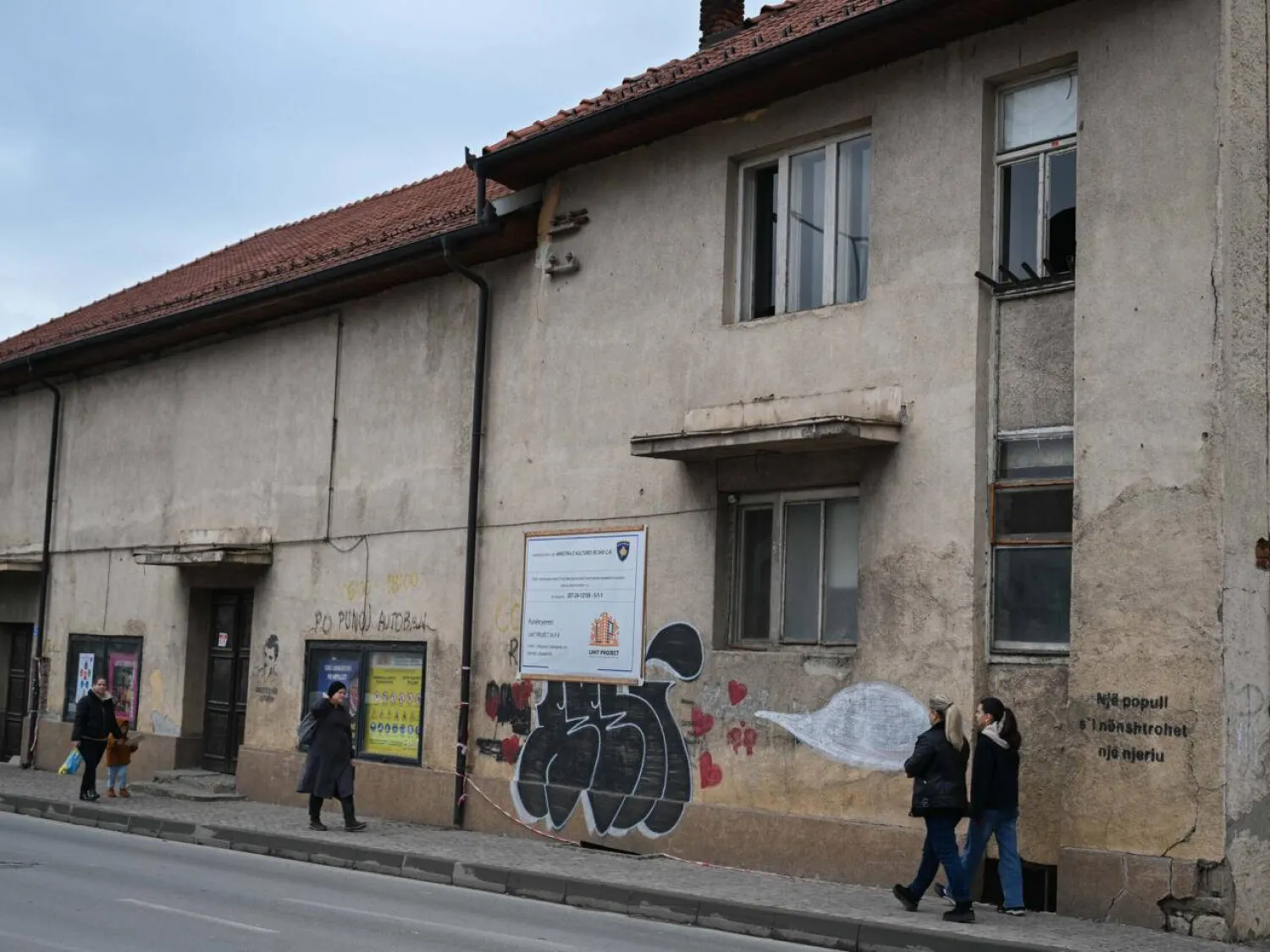The Saudi pavilion at Arab Week at UNESCO in Paris has attracted visitors with exhibits highlighting the camel's enduring significance and showcasing its role as an authentic cultural heritage deeply rooted in Saudi civilization.
Visitors engaged with the pavilion's displays, which established the camel as a cultural icon for Saudi Arabia in Paris, reflecting the nation’s identity and authentic values in history, culture, and civilization.
Over two days, UNESCO visitors from around the globe learned about the close relationship between camels and Saudi culture. Camels have been integral to the community's customs, traditions, and literature, including poetry, prose, and proverbs. They witnessed how the camel evolved from a means of transport and a source of goods to a cultural icon and heritage symbol, while retaining its role as a source of food and medicine, as well as a tool for sustainability.
The camel was chosen for the Saudi pavilion due to its unique cultural value, prompting the Ministry of Culture to declare 2024 the "Year of the Camel."
This highlights the Arabian Peninsula's long-standing appreciation for camels, which have aided in travel and nomadic life and are woven into the region's heritage through stories, poems, and narratives.
The camel has become a cultural symbol, a testament to authenticity, and a prominent element of Saudi identity.
Camels are a tangible reality in Saudi culture, depicted in ancient petroglyphs and celebrated today through races, festivals, clubs, and research centers. This rich history brought the camel to Paris as a symbol of Saudi culture participating in "Arab Week at UNESCO."
The Saudi pavilion joined 22 other Arab countries in Arab Week at UNESCO, an initiative led by Saudi Arabia. This event reflected the trust and respect among Arab nations and their desire to see such cultural initiatives flourish.









